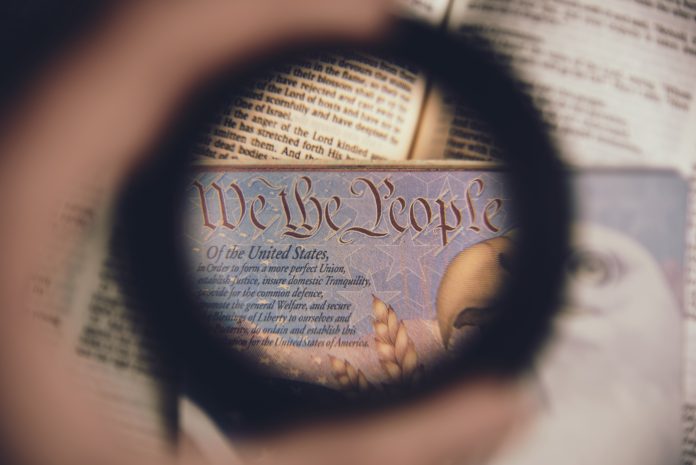With today’s political divisions between Republicans and Democrats to influence an election and hourly news coverage amplifying those divisions, it’s easy to assume the United States is a nation locked fiercely in an equally matched battle between the two major political ideologies and their supporters. Studies show that users with more extreme liberal or conservative views are more likely to be politically engaged on social media than their more moderate counterparts, further skewing public perception.
“It’s been almost 50 years in my opinion that the country has felt so divided,” said Managing Director at Moelis & Company, Lawrence Chu. “I worry that social media and immediacy is information (and politicians response) may lead to an even further divide than in the past.”
Mr. Chu has been providing financial and strategic advice to large-cap companies globally for over 20 years and like many other corporate professionals, has seen the political divide continue over the years without any sign of slowing down.
Businesses are making efforts to appeal to a moderate minded clientele in hopes to reach a wider audience.
In today’s digital age, it is easy to share political opinions to a large audience of people with similar or vastly different views. The reality for most Americans, however, is looking a lot less polarized than pundits and politicians might find convenient. According to an annual Gallup survey, approximately 57% of all Americans have consistently said the U.S. needs a third major political party.
GenForward, a polling group formed by NBC News and the University of Chicago, further determined that a full 71% of millennials (who will make up the largest voting demo in 2020) think America needs a third party – but, notes the Reason Foundation, they didn’t specify what that party might look like, how it would operate, or even if they’d all want the same one.
It is for this reason that candidates for the upcoming presidential election should be wary of recent trends to the far left and the far right. In an excerpt from his book The Centrist Manifesto, author Charles Whelan argues the solution to millennial ennui as well as the by-now-infamous gridlock on Capitol Hill is the gradual introduction of a moderate third party into mainstream American politics. Centrist candidates could run on pragmatic platforms and combine the best aspects of the Republican and Democratic parties to appeal to all those in-between voters. Once elected, current members of Congress would naturally have to make their efforts more bipartisan in order to pass any legislation. Eventually, says Whelan, the U.S. would become a three-party system with the moderates in the majority.
“There are 325M people in our great country, and we send these politicians to DC to find solutions that address all of Americans problems, which in my opinion requires compromise,” Lawrence Chu said.
This vision may sound ideal, and certainly worth supporting, but let’s not forget the earlier point: just because a majority of Americans want a third party does not mean they all have the same one in mind. Those who consider themselves “independent” or non-affiliated are just as likely to be anarchists as communists, to be libertarian as they are truly moderate. Yet other disaffected young voters don’t think any change is possible if operating within the current political and economic structure. Regardless, it’s clear the American people, especially its young people, are ready for more options – but we may have to wait until election day to find out in just which direction they’re going to lead.




